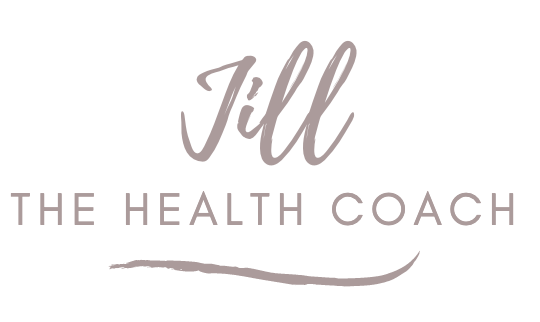That little white box labeled Nutrition Facts gives us important information that tells us about the food we buy. OK, but what does it all mean and what should we really be looking for?
Serving Size- This indicates an assumed serving for a person on a 2,000-calorie daily diet. Beware of the amount you would actually eat versus what the manufacturer lists. Sometimes it is easy to consume double the serving size without realizing it.
Calories and Calories from Fat (2,000/day)- Calories determine the amount of energy you receive from a serving of that food. I don’t recommend counting calories or the calories from fat. It is more important to concentrate on high quality foods with good fats. However, a guide would be a little less than 2,000 calories for women (depending on their size) and a little more than 2,000 calories for men (depending on their size) of good quality food will maintain the same weight.
Total Fat (recommended 20 grams/day)-Saturated fat such as dairy (butter), from animal food, coconut oil, egg, etc. is essential for good health. We need this for building cell membranes, to transport and absorb vital vitamins and minerals, lower cholesterol and more. Trans Fats are the enemies to our bodies. Beware of these and check your labels for hydrogenated and partially hydrogenated oils. Vegetable oils, margarine and imitation butter spreads are made of these. Despite their claims of being healthy, these are the culprits that lead to higher risk of heart disease and increase cholesterol! Fat-free is not the better choice and I will expand on this topic of fats in next week’s newsletter.
Sodium (recommended 1500mg-2300mg/day)-Hidden salt is everywhere. The daily recommendation can be consumed in one serving in a can of soup! An excess of salt can lead to high blood pressure, heart attacks and strokes.
Total Carbs (recommended 150 g/day)- This includes fiber (recommended 25 g/day) and sugars (recommended 25 g/day). Net carbs are non-metabolized and non digestible which spike your sugar levels and get stored as fat. This is the bad stuff. The good stuff (fiber and sugar alcohols) are subtracted from your total carbs to determine your net carbs. While the traditional emphasis seems to be placed on a low-fat diet, the real culprit that leads to heart disease, diabetes, obesity and stroke is high carb intake. I will discuss this important topic in a future newsletter.
Protein (recommended 65 g min/day)-Protein is crucial and most people do not have enough in their diet. Our bodies are made of protein and are in every cell. It is used to build and repair tissue. Protein also an important building block of bone, muscles, cartilage, skin and blood. Protein deficiency can lead to low immunity, low blood sugar (that’s sugar cravings!), shrinkage of muscle tissue and more. You can only get this from animals and some plant sources. Eat your protein!
Now that we know what to look for in that magic white box, here’s the bummer…most labels are actually inaccurate. According to a BBC News article, food testers from Which? Magazine analyzed 570 nutrients listed on 70 products. Only 7 percent matched what the label said—levels of fat, salt, calories and carbs were inaccurate in93 percent of products tested!
The good news is that we do have some idea of figuring out what is going into our body. We seem to know our car’s fuel better than our own bodies’ fuel. Like our cars, it directly impacts how we function and how we feel. It really matters.
Bottom line-read your labels!
